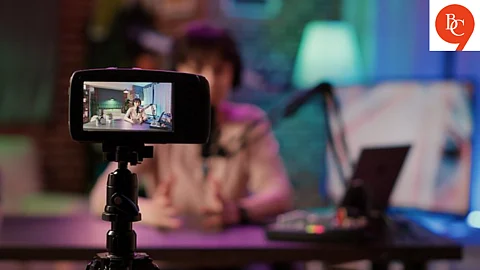

While the dopamine rush of likes, comments, and virtual gifts feels thrilling, there’s a darker current beneath the glossy filters and viral moments. The world of live streaming, especially among teens, is revealing unsettling consequences that extend beyond the screen.
Streaming 24/7: A New Digital Lifestyle
Live streaming platforms like YouTube Live, Twitch, Instagram Live, and newer entrants like Kick or Bigo Live are no longer niche—they’re now part of everyday teen vocabulary.
For many, going live is a way to express themselves, build community, or chase visibility in a crowded digital world. But with real-time content comes real-time vulnerability.
The Pressure to Perform Constantly
The moment teens hit “Go Live,” they step into a virtual stage—no scripts, no edits, no retakes. This pressure to be entertaining, funny, relatable, or shocking can push them toward unhealthy behaviour patterns.
Many streamers report:
Exhaustion from long streaming hours
Addiction to validation from likes or comments
Fear of irrelevance if they stop streaming for a day
To maintain attention, some teens resort to over-sharing, provocative content, or even dangerous stunts—all for digital applause.
The Mental Health Toll
Behind the ring lights and emojis is a generation increasingly struggling with anxiety, low self-esteem, and burnout. Live streaming turns everyday life into a performance, and constantly seeking validation from anonymous viewers can distort one’s self-worth.
This relentless comparison—especially when competing with influencers who seem to “have it all”—can amplify feelings of inadequacy and FOMO.
Lack of Boundaries = Increased Risk
Unlike pre-recorded content, live streams happen in real time, which means teens often share:
Personal locations
Home interiors
School names
Emotional outbursts
This creates a breeding ground for cyberstalking, online harassment, and exploitation. Some predators disguise themselves as fans, while others lure teens into private chats under the guise of mentorship or sponsorship.
The Monetization Trap
Some live streaming platforms offer monetary rewards for popularity—viewers can send “gifts” that convert to real cash. While this can be empowering, it often reinforces the mindset that performance equals value.
As a result, teens may feel pressured to:
Stream for longer hours
Engage in more sensational content
Accept requests from strangers in exchange for money
Surveillance Disguised as Entertainment
Ironically, many teens don’t realise that they’re turning their personal lives into a spectacle. From eating on stream to crying on camera, the lines between private and public are blurring fast.
This “life as content” approach fosters a sense of being watched at all times. Even genuine emotions are often filtered through the lens of performance.
